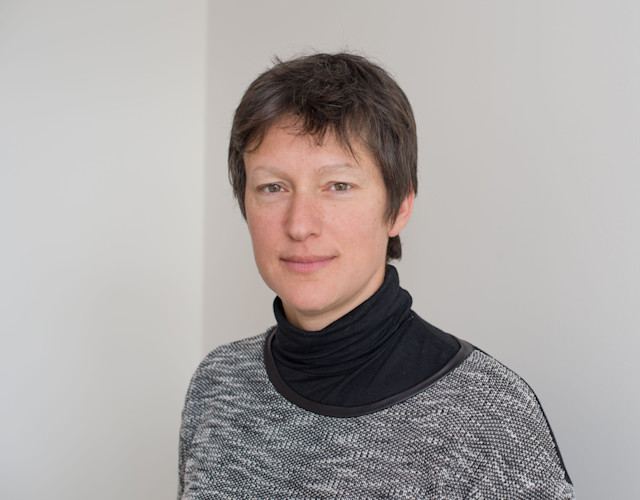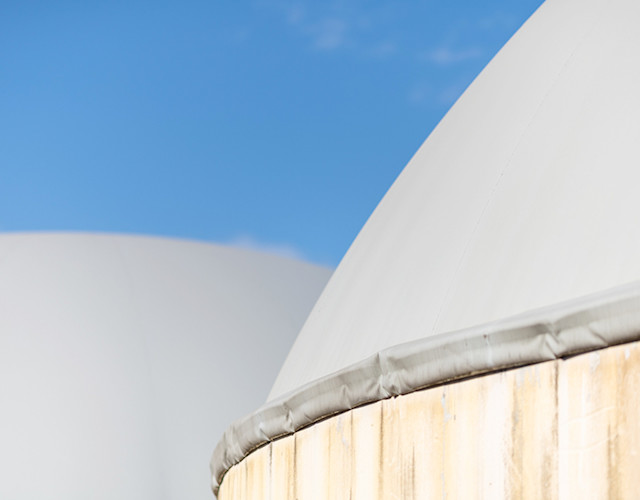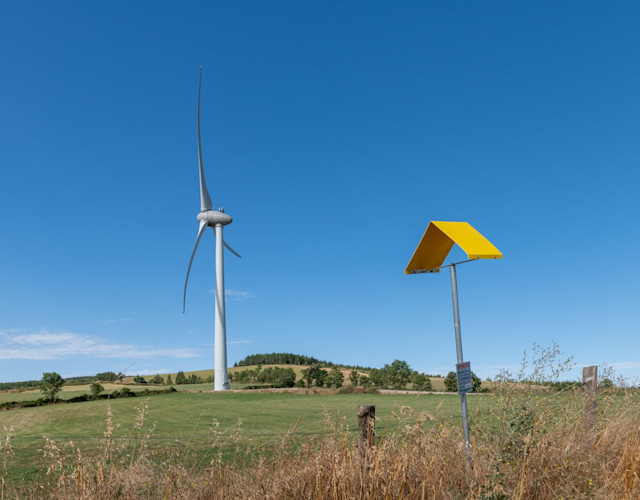Gas emergency 0 800 028 800

Accelerating transition: Teréga’s research and innovation approach
The energy sector is going through a time of unprecedented significant change. Some of the change is of course to do with energy transition, which is aimed in particular at decarbonising the system and minimising its environmental footprint. Our strongly-held conviction is that innovation is a strategic tool which can make that transformation a success.
The IMPACTS 2025 innovation plan: a practical response to the challenges of energy transition.
The Law on Energy Transition for Green Growth (Loi de Transition Énergétique pour la Croissance Verte, or LTECV), enacted in 2015, lays the foundations for the transformation our energy system must undergo in the medium term to become more virtuous. Our energy sources, currently dominated by fossil fuels, must evolve into a low-carbon, renewable, diversified energy mix from less geographically dependent sources.
There are many diverse issues that must be addressed to meet those targets. That is why we have opted for a Research and Innovation strategy that covers a wide field of actions. A new IMPACTS 2025 Innovation Plan has been in operation since 2018, covering our transport and storage activities. It follows Teréga’s strategic route map, chiefly in respect of the two major challenges of energy transition and digital transformation.
That plan should allow us to:
establish our position as an exemplary operator of gas infrastructures in the long term, as we continuously improve, particularly to safeguard operational performance, the integrity and energy efficiency of our systems, the safety of persons, the digitisation of our activities and protection of the environment;
affirm our role as an accelerator of energy transition, through two areas: the adaptation of our infrastructures with the arrival of new gases (also known as green gases) and studying the synergies that exist between the different energy carriers and their infrastructures (multi-energy Smart Grids)
These major challenges are being tackled through a high-performing, bold and collaborative innovation strategy. Teréga has a company-wide approach to Research & Innovation, involving colleagues from different areas of professional expertise and different departments, project promoters and Research & Innovation programme managers. All of this is coordinated by the Research & Innovation Division. It enables us to build innovation into how we approach every one of our business activities and challenges.

Cécile BoesingerR&I manager for Teréga’s Strategy and Innovation divisionInnovation is focussed mainly on the two key points – energy transition and digital transformation – but the top-priority mission of R&I is to make the company perform better.
Gas services: constant performance improvement through innovation
At Teréga, one of the priorities in terms of innovation is the continuous improvement of our infrastructures, the quality of our services and the working conditions experienced by our employees. As a result, projects are ongoing around the themes of personal safety on sites, or optimising fault detection and protection for pipelines. We also undertake research into how to make digitisation serve our activities better and to improve monitoring of our grid, particularly through the use of optical fibre.
In parallel with that, and in line with our environmental commitments, a number of R&I projects are devoted to finding effective solutions to limit our environmental impact. We work both to preserve biodiversity and to reduce our greenhouse gas emissions, studying solutions such as mobile recompression.
Teréga takes up the challenges of energy transition and digital transformation
At Teréga, we firmly believe that gas transport and storage infrastructures are a central link in the energy system of the future. Our Research and Innovation teams are engaged in a number of simultaneous projects to demonstrate and exploit the potential of this flexible and adaptable grid. To achieve that, our work focuses on two essential issues in energy transition: adapting our infrastructures to the integration of new gases and developing multi-energy Smart Grids.
New gases
To allow the injection of new (or green) gases into our grid, our teams must satisfy themselves that our transport and storage infrastructures are capable of accommodating them. A number of projects have therefore been undertaken, looking at biomethane, hydrogen and synthetic methane, to define acceptability thresholds, optimise their quality and verify their potential impact over time, then to resolve any issues by adapting our infrastructures appropriately.

Multi-energy grids
Today, the different energy networks (electricity, heat, gas) operate separately and sub-optimally. In France, for example, each energy system generates average losses of 25 to 60%. At Teréga, we feel the optimisation of existing resources is crucial for reaching energy transition and environmental targets. That is why our innovation is seriously dedicated to the development of multi-energy Smart Grids, which encourage synergy between the different forms of energy: electricity, methane, heat, hydrogen etc.
Our IMPULSE 2025 (innovation and mobilisation to unify energy systems) project is the very embodiment of our future ambitions, constructed in partnership with the EPFL (Federal Polytechnic School of Lausanne) and the UPPA (University of Pau and the Pays de l’Adour). Through that project, we hope to roll out a “smart multi-energy system” interconnecting all these networks to encourage the pooling of resources and to take best advantage of their complementary characteristics with a view to improving their energy efficiency.

What exactly is a Research and Innovation project?
Innovation at Teréga is directly connected to operational requirements. It must develop solutions that can be practically applied either to our infrastructures or to the services we offer our customers. It therefore covers areas such as:
improving and developing knowledge within Teréga, and its practices;
qualifying technologies or new methodologies by means of tests and the construction of prototypes in order to resolve uncertainty about their feasibility ;
integrating the solutions developed into Teréga’s operational environment.
We sponsor projects which can be deployed across our production facilities at the end of a development programme lasting about three years. Once its feasibility has been confirmed, the project moves to the industrialisation and deployment phase, at which point it moves beyond the scope of the R&I teams. The innovation is then carried forward by the business teams in question.




